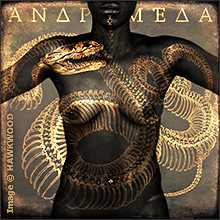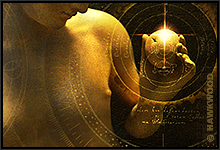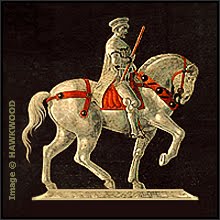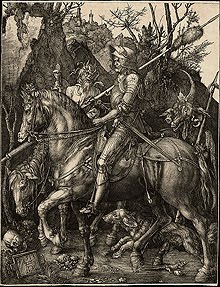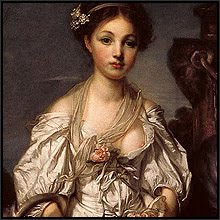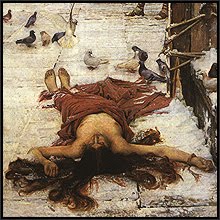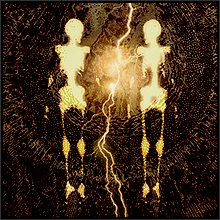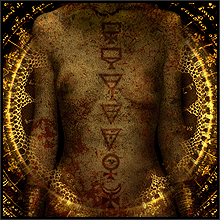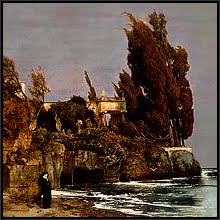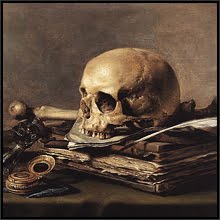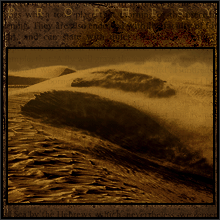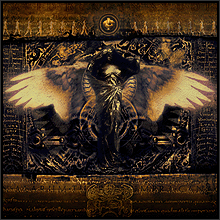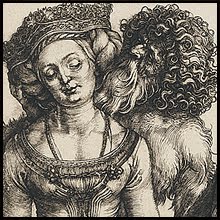The phrase ‘extreme sports’ has become a familiar one, and as the term suggests describes situations in which the participants are prepared to go to extremes in order to test the borders of what is possible, what is ‘do-able’. Only by pushing against those borders can we discover new territory within ourselves, take on new challenges, and explore our own limits and capabilities. But what if we apply such a term to emotional territory? Can there exist such a thing as extreme love?
Artemisia II was for a brief two years the ruler of Caria, a Grecian-influenced province of Ancient Persia in western Anatolia. She succeeded Mausolus, who was both her husband and her brother, and history records her devastation at his death. Where does love go when the object of that love no longer exists? How does such a love find a new form? If it is strong enough, then it will not fade, but seek to transform itself into new emotional territory, begin to explore its own farther limits. Inconsolable, Artemisia strove to find a way to give her love a new form, to absorb her beloved into her own being, to allow the departed in some radical way to endure within her inmost self.
From the carefully preserved ashes of Mausolus this woman who was both a bereaved sister and a widow took each day a small measure and mixed it with a beverage, which she then drank. We do not know over what period of time the grief-stricken Artemisia continued to ingest her late husband’s mortal remains, although it is reasonable to assume that she must have weighed each little portion of ash with utmost love and care, in order to protract the process of consumption for as long as was possible. We do know that she continued to pine away, until merciful death took her as well just two years later.
In her short reign Artemisia managed to express her grief in a more conventional though no less memorable way, through the medium of architecture. In the name of her beloved we recognise the term ‘mausoleum’, for Artemisia it was who ordered the first mausoleum built to honour her husband’s memory. And true to the intensity of her emotions this prototype of all future mausoleums was on such a grandly impressive scale that it is on the exclusive list of the seven wonders of the Ancient World as the [1]Mausoleum of Halicarnassus.
Of ashes and architecture, it is the ashes which paradoxically seem to have proven the more durable of the two. Artemisia did not live to see the Mausoleum’s completion, and only a few scattered and fragmented columns now [2]remain to suggest its former magnificence. But more than eighteen long centuries after the lovelorn ruler lingered over what she knew was the last goblet of her husband’s remains, the Italian artist Francesco Furini selected this mourning heroine as a suitably dramatic subject for his art, and created an imagined portrait of her.
Furini has served Artemisia well. In the limpid darkness of his subject’s eyes we glimpse what never can be regained, no, not even with draughts of funerary ash and memories fashioned from resplendent marble. But also in those composed, resigned depths we might discover, if we open ourselves both to Furini’s genius and to Artemisia’s spirit, a hint of the strength which only the most extreme love will let slip through the door: the mysterious force of a love more potent even than death.
Hawkwood
Notes:
[1] The site is now Bodrum, in contemporary Turkey.
[2] A series of 15th-century earthquakes further weakened the parts of the structure which still remained, and the close of that century saw Christian crusaders make use of its stones to reinforce their nearby castle. They additionally heated and burned some of the remaining marble columns, then mixed the ash with water to create building mortar. With an irony of history, the crusaders had unknowingly subjected the very building in Mausolus' memory to the same process as his remains had been subjected by his desolate widow. The reconstruction (right) shows one possible version of the Mausoleum's appearance.
Artist: Francesco Furini
Work: Artemisia Prepares to Drink the Ashes of Her Husband Mausolus, c1630
Medium: Oils
Location: Yale University Art Gallery, Connecticut, U.S.A.
If you would like to read another of my posts which features the art of Francesco Furini, you are welcome to visit my other blog here: Lot and His Daughters: The Inside Story
If you would like to read another of my posts which features the art of Francesco Furini, you are welcome to visit my other blog here: Lot and His Daughters: The Inside Story



